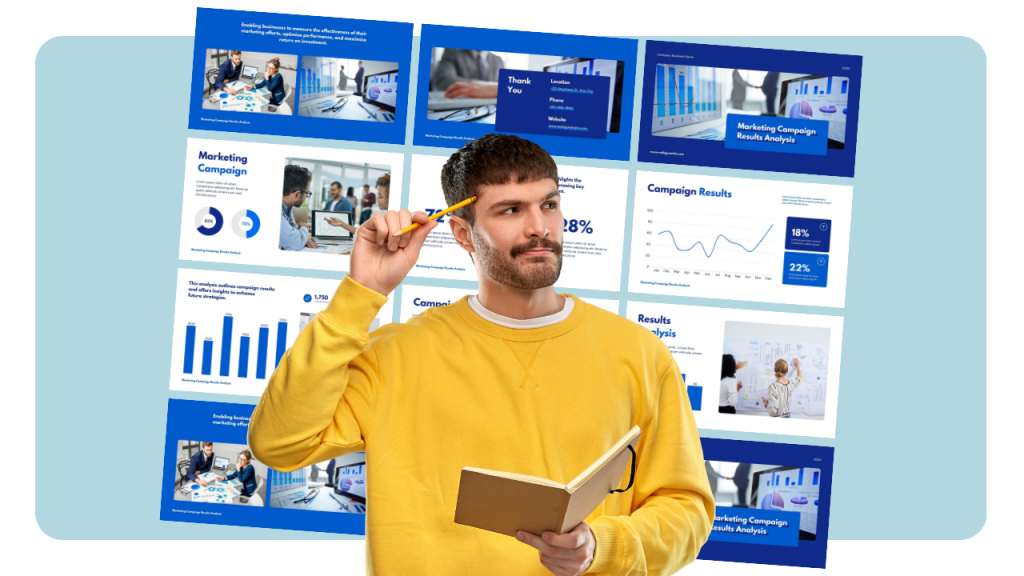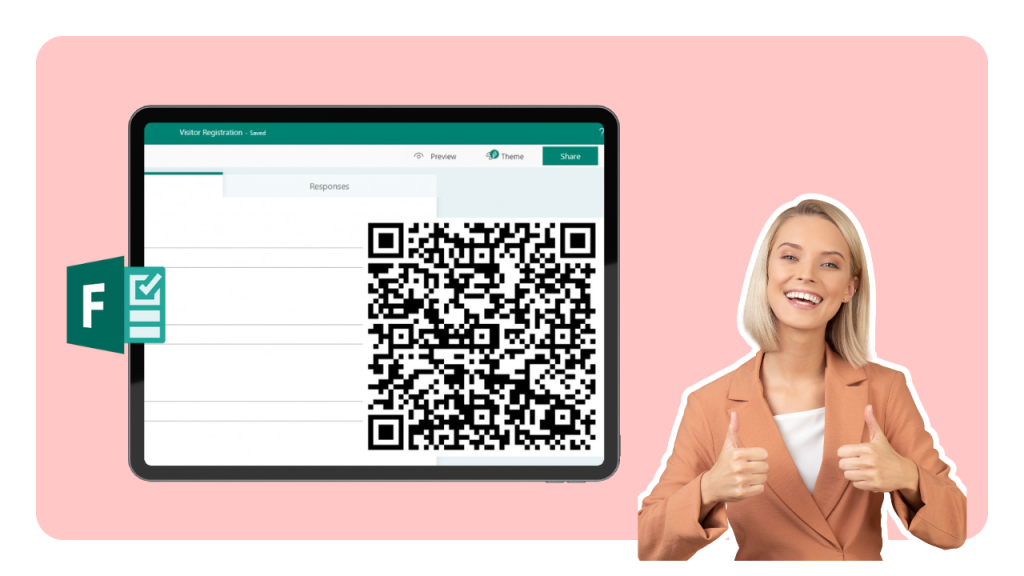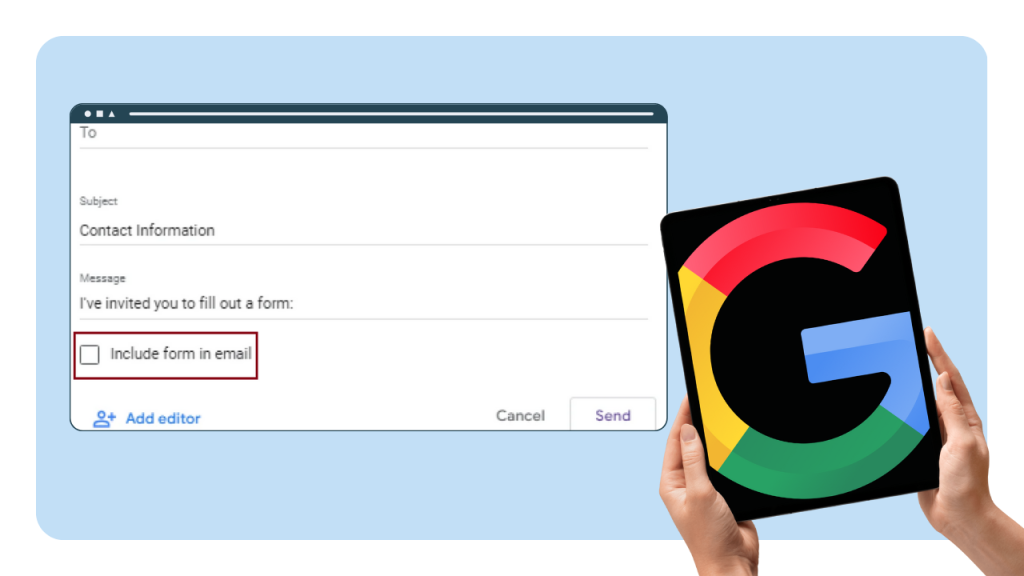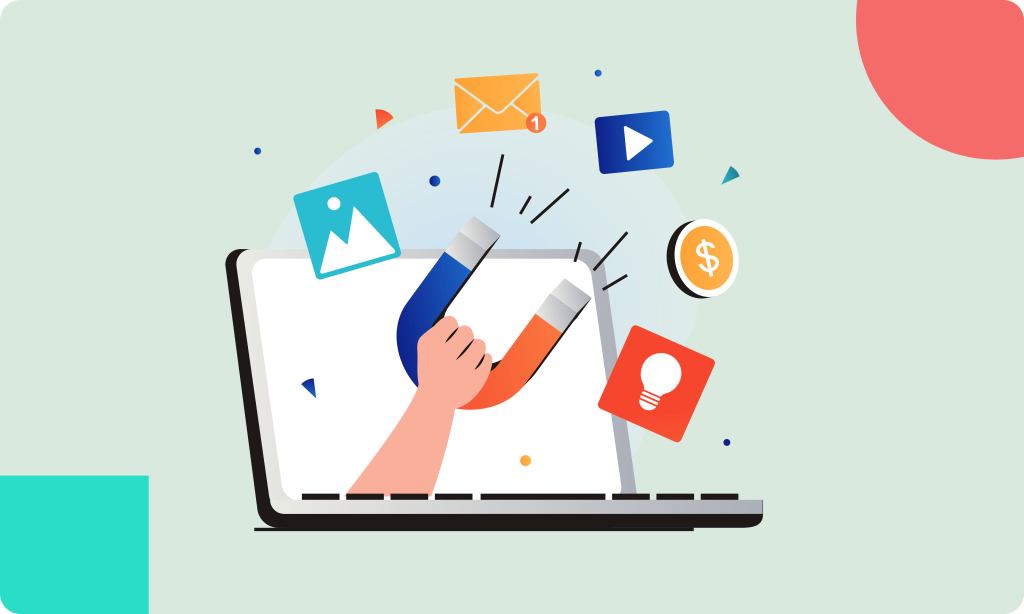You can feel it in every channel: customers expect brands to know them and act on it.
That expectation now shapes channel mix, budgets, and roadmaps. You need proof points you can defend in planning meetings and use to prioritize next quarter. This article gives you those numbers, plus practical takeaways for email, web, mobile, and data strategy.
Personalization has matured from “insert first name” to orchestrated journeys that tie identity, intent, and timing.
The bar is higher, but so is the upside.
Personalization efforts are now a strategic initiative for business leaders who seek competitive advantage, even amid uncertain economic conditions. You’ll see how much lift is on the table, where teams miss, and what to fix first. Each section includes stats you can cite, a quick example, and steps to act on this week.
The 2026 Personalization Landscape: Expectations and Impact
What Customers Expect Now
Customer patience is thin. A global survey found that 73% of people expect companies to understand their needs and expectations. Online customers increasingly expect brands to recognize their individual preferences and deliver personalized content.
Another 56% expect offers to always be personalized. Those aren’t “nice-to-haves.” They are table stakes that drive channel performance and loyalty.
Quick check for you: When a frequent buyer returns, do they see irrelevant banners or the right reorder prompt? If the answer is the former, you are signaling friction.
Core Personalization Statistics |
81% of consumers ignore irrelevant marketing messages, indicating disengagement with generic marketing. |
81% of Gen Z consumers and 57% of Millennials like personalized ads. |
71% of consumers expect personalized interactions and 76% get frustrated when this doesn’t happen. |
Companies that excel at personalization generate 40% more revenue from those activities compared to average players. |
A 2024 Deloitte study revealed that while 92% of retailers thought they offered personalization effectively, only 48% of consumers agreed. |
Personalization can drive a 10–15% revenue lift for many organizations, and top performers achieve 25%+. |
73% of customers expect companies to understand their unique needs, and 56% expect offers to be personalized. |
Example: A subscription coffee brand built a simple “taste profile” quiz and used those first-party answers to personalize its welcome email and on-site recommendations. Shoppers anticipate that brands will use their quiz responses to tailor future offers and experiences to their individual preferences. Over 90 days, its conversion rate improved from 2.1% to 2.6% and churn in month one fell by 12%. The team prioritized this because 56% of their cancellations cited “wrong product fit,” which the quiz addressed.
Customer Segmentation: the Foundation of Relevance
Customer segmentation is the foundation of every strong personalization strategy.
When you group your customers by shared traits, behaviors, or preferences, you can deliver messages and experiences that actually resonate.
This makes your marketing sharper and more effective. Each customer gets content, offers, and interactions that fit their specific needs.
Personalization statistics show that:
71% of customers expect personalized experiences
76% feel frustrated when they don’t receive personalized experiences.
Effective customer segmentation is what makes it possible to meet these expectations, driving higher customer satisfaction, loyalty, and retention.
Once you understand your customers on a deeper level, you can stop sending generic campaigns and start building real connections that make your brand stand out.
From Broad Buckets to Micro-audiences
Customer segmentation used to mean sorting people by age, gender, or location. Now, with advanced data analytics and machine learning, you can build micro-audiences, highly specific segments based on real-time behaviors, preferences, and purchase history.
Ecommerce companies, for example, can leverage customer data platforms to analyze past purchases, browsing patterns, and search queries. This enables them to deliver personalized product recommendations that not only increase conversion rates but also boost average order value.
By tapping into individual preferences and using machine learning to refine segments, businesses can ensure that every interaction feels relevant and timely.
The result?
Customers feel understood, and your marketing efforts become more efficient and impactful.
Email and Lifecycle Personalization That Pays
Personalized Email is Still the Workhorse
Email remains the highest-ROI owned channel. The median return sits at $36 for every $1 spent.
That ROI compounds when you switch from batch-and-blast to behavior-driven, personalized flows. Automated flows pick the right moment and message, which is why they punch above their weight in orders.
Start with a few high-intent triggers that match clear user signals.
Users who viewed a product twice, but left? Follow up with that product, a review, and back-in-stock alerts.
First-time purchasers? Onboard them with usage tips based on the SKU.
Teams that follow intent, not calendar dates, see faster results.
Marketers also report higher engagement and conversion rates when using personalized CTAs and personalized recommendations in their email campaigns, highlighting the impact of tailored product suggestions on sales and customer engagement.
Email Personalization Statistics |
Email marketing delivers a median ROI of $36 for every $1 spent. |
Automated emails generate a disproportionate share of orders: about 41% of email orders while accounting for roughly 2% of sends. |
Automated emails see conversion rates around 2.5 times higher than promotional campaigns. |
Personalized calls-to-action convert 202% better than default CTAs. |
Nearly 45% of online shoppers are more likely to make purchases on websites that offer personalized recommendations. |
Example: A mid-market apparel retailer added three personalized flows: browse abandonment, size-based fit tips, and loyalty-tier win-backs. Within 60 days:
Automated messages grew to 38% of total email revenue while representing under 3% of volume.
Their browse abandonment flow drove a 4.3% conversion rate, versus 1.7% for regular campaigns.
That gap justified expanding automation coverage in quarter two.
What to do next?
Audit your lifecycle map and aim for three quick wins in 30 days:
A high-intent browse abandonment email: show the exact product, two social proof snippets, and a soft reminder within 24 hours
A post-purchase series tailored by SKU: trigger usage tips and recommended accessories based on SKU within 3–5 days.
A reactivation flow keyed to last-click category: use last-category visited to feature two top sellers and one incentive, after 30–45 days of inactivity.
Personalize only two fields at first: product and timing. Then add dynamic CTAs once you see a 1–2 percentage point lift in click-through.
Close the loop by tracking unique clicks and placed orders per 1000 emails. If the automated flows don’t hit at least 2x your campaign conversion rate after two weeks, tighten audience filters or speed up the send timing by 12–24 hours.
On-site and Ecommerce Personalization That Converts
Recommendations and Dynamic Content
On-site personalization meets intent at the moment of truth. Product recommendations, dynamic banners, and real-time search can move conversion, AOV, and time on site.
The evidence is consistent across platforms. Recommendations alone can account for a big slice of revenue when tuned well.
Quick check. If your homepage shows the same banner to a first-time visitor and a repeat buyer, you are wasting pixels. A simple rule that swaps in “Because you liked X” for returning users can lift click-throughs. In one 30-day test, a beauty brand saw a 14% rise in product detail page visits by greeting returning visitors with personalized modules.
On-site and Ecommerce Personalization Statistics |
Product recommendations can account for up to 31% of ecommerce revenue. |
59% of online shoppers believe that personalized stores make finding interesting products easier. |
Personalization strategies on e-commerce platforms can lead to a 20% boost in sales. |
After adopting personalization strategies, 65% of ecommerce stores report increased conversion rates. |
Positive ROI is reported by 59% of marketers after incorporating personalization into their online stores. |
Example:
A home goods store added “Recently viewed” and “Frequently bought with” carousels to PDPs. Over eight weeks, AOV rose from $57 to $63, a 10.5% lift. Personalized recommendations based on customer knowledge and customer behavior were key to this increase, as they enabled more relevant suggestions that fostered meaningful connections with shoppers and drove higher average order value. Tailored content and recommendations consistently outperform generic versions, leading to better engagement and business outcomes.
What to do next?
Launch fast with rules-based recommendations before moving to predictive. The energy spent debating the “best algorithm” is better spent on placement and copy. Start here:
Homepage for returners: “Because you viewed” with 4–6 items and a “See all” CTA.
PDP: “Frequently bought with” tied to the current SKU, capped at 3–4 items.
Cart: “You may also like” that excludes items already in cart and out-of-stock SKUs.
Measure click-through per module and attach rate by category, weekly. If a module underperforms by 20% versus your median, swap its placement or tighten the recommendation rules to avoid stale or low-stock items.
Consistent Experiences Across Every Touchpoint
Consistency builds trust. And trust drives customer satisfaction.
Your customers expect everything to connect, website, store, mobile app... No friction, no surprises.
To make that happen, you need AI-driven personalization. It aligns your messages, offers, and content across every channel, so the experience feels seamless.
When your brand stays consistent, customers notice. They engage more. They convert faster. They stick around longer because they know what to expect: personalization and care, every time.
Focus on creating that unified experience. It’s how you meet expectations today and build the foundation for growth tomorrow.
Bridging the Online and Offline Gap
The divide between digital and physical experiences can be a major barrier to effective personalization.
The fix?
Prioritize personalization at every customer touchpoint and use data analytics to really understand what your customers want.
When you analyze customer data, you can tailor marketing messages, product recommendations, and special offers based on each person’s preferences, no matter where they shop.
For example, an online retailer can look at browsing and purchase history to create personalized recommendations, then carry those same insights into in-store promotions or customer service interactions.
The result: every touchpoint feels connected and relevant. Customers can move smoothly between channels, and your brand shows it truly understands them.
Cross-channel Journeys: Mobile, Push, and In-app
Orchestrate Moments, Not Messages
Customers don’t think in channels. They see one brand.
Cross-channel personalization aligns email, push, in-app, and SMS to the same outcome. Brands that do this see bigger gains in retention and lifetime value, not only campaign metrics.
It takes data consistency and tight triggers, but the payoff is clear.
Use email for depth and push/SMS for urgency. Let app behavior set the pace. If a user adds to cart in the app and stalls, send an in-app nudge first. Follow with push at T+2 hours, then email at T+24 with social proof. This cadence often doubles recoveries compared with email-only paths.
Orchestrating a personalized customer experience across channels raises retention, because tailored content and offers keep users engaged and returning.
AI-driven interactions, such as chatbots and virtual assistants, can lift these outcomes by delivering real-time, personalized communication that improves satisfaction and loyalty.
Cross-channel Personalization Statistics |
Brands using cross-channel engagement report 3.1 times higher customer lifetime value and 3.2 times higher retention versus single-channel programs. |
69% of customers want consistent experiences across both physical and digital channels. |
Only 24% of firms effectively invest in omnichannel personalization. |
Only 35% of companies successfully achieve omnichannel personalization. |
Example:
A food delivery app connected app events to messaging in real time. When a user searched “sushi” twice without ordering, it triggered a personalized push with two nearby options and a free delivery offer. The flow raised same-day orders by 9% in that segment and improved 30-day retention by 4 percentage points.
What to do next?
Stand up one cross-channel recovery flow this month. Pick your highest-intent stall point and sequence two channels. Keep copy tight and consistent.
Trigger: Add-to-cart with no purchase in 2 hours.
Step 1: In-app prompt with cart reminder and “Checkout” CTA.
Step 2: Push notification at T+2 hours with item names.
Step 3: Email at T+24 with reviews and a small incentive for first-time buyers.
Track conversion rate by step and by first-touch channel. If push drives the first recovery in more than 60% of cases, pull back email volume for that audience. Respect frequency caps to avoid notification fatigue.
Customer Loyalty: the Ultimate Personalization Payoff
Customer loyalty is the endgame for any personalization strategy.
When you consistently deliver experiences that meet, and often surpass, customer expectations, you set the stage for long-term loyalty.
Personalization statistics reveal that 62% of business leaders say personalization has improved customer retention, and 80% of businesses report higher consumer spending when experiences are tailored to each person.
Personalized experiences not only drive customer retention but also encourage repeat purchases and advocacy.
When you invest in personalization, you’re investing in lasting relationships and creating a foundation for sustainable growth.
Retention, Repeat Purchases, and Advocacy
Personalization is one of the best ways to build customer loyalty. By delivering targeted promotions, personalized content, and relevant offers, you can keep customers engaged and coming back for more.
Take personalized emails, for example. They can nurture relationships by sharing tailored recommendations or exclusive discounts that make customers feel recognized and appreciated.
Customer segmentation plays a crucial role here, allowing you to identify high-value customers and deliver experiences around what they actually want.
The result?
Higher satisfaction, more repeat purchases, and better word-of-mouth.
Ultimately, a well-executed personalization strategy transforms satisfied customers into loyal advocates who drive your brand’s growth and reputation.
Privacy, Consent, and the Importance of First-party Data
Build Trust While You Personalize
Consent and transparency are now growth levers.
People won’t share data if they don’t trust you.
Most will walk away if they feel you misuse it.
That reality matters more as third-party cookies fade and signal loss rises. First-party and zero-party data fill the gap, but only when value exchange feels fair.
Quick check. Do your forms say what the user gets, how often, and how their data improves the experience? One retail brand summarized its value exchange in 15 words on signup and lifted email capture rate by 22%. Small copy edits like this can change acquisition math fast.
Privacy and First-party Data Statistics |
76% of people say they would not buy from a company they do not trust with their data. |
Marketers who use first-party data for key functions report up to 2.9 times revenue uplift and 1.5 times cost savings. |
Example:
A cosmetics brand replaced third-party lookalike targeting with first-party, consented audiences and modeled signals. Click-through rates fell by 0.3 percentage points, but return on ad spend rose by 19% due to better downstream conversion and lower wasted impressions. The brand also added a micro-quiz on its site to collect shade and skin concerns, which improved on-site recommendations and email relevance.
What to do next?
Create a simple zero-party data plan. Offer clear value for answers you collect and keep it short.
Quiz: 3–5 questions tied to product fit, with immediate personalized results.
Preference center: frequency, categories of interest, and channel choices.
Progressive profiling: ask one new question per visit or per lifecycle stage.
Many customers express concerns about how their data is used, especially with AI-driven personalization, so transparency and clear communication are essential.
Protect that data with strict governance. Limit access to need-to-know roles and log every export. Publish a readable privacy page. These steps build trust and reduce churn risk linked to privacy concerns.
Prioritizing Your 2026 Personalization Roadmap
Where to Start, Scale, and Measure
Every team has constraints. Your goal is to sequence the highest-impact, lowest-effort plays first.
Focus on flows that hit intent, placements that close gaps, and data steps that enable both. Then measure with leading and lagging indicators so you catch wins early and validate revenue later.
Tie each initiative to one metric that moves the business. For welcome flows, track first purchase rate within 14 days. For PDP recommendations, track attach rate and AOV. For cross-channel recovery, track recovery rate by first touch. Avoid dashboard sprawl and celebrate clear, causal changes.
Roadmap snapshot (90 days)
Weeks 1–2: Launch browse abandonment and SKU-based post-purchase emails. Baseline conversion rates. Target 2x conversion versus campaigns.
Weeks 3–6: Add two on-site modules: “Recently viewed” and “Frequently bought with.” Target a 5–10% AOV lift.
Weeks 7–10: Build one cross-channel flow for cart recovery. Aim for a 3–5% recovery increase.
Weeks 11–13: Roll out a 5-question quiz to collect zero-party data. Track profile completion and email capture lift of 10–20%.
Example:
A mid-size home fitness brand followed this sequence. In 12 weeks, email automation grew to 43% of email revenue, site AOV climbed by 8%, and cart recovery improved by 3.6 percentage points. The team then paused and consolidated gains before adding more variants, which protected deliverability and avoided resource thrash.
When stakeholders ask “why this first,” anchor your answer in the numbers above. Customers expect personalized offers 56% of the time. Leaders see 10–15% revenue lifts from personalization.
Your roadmap should pursue those gains with the smallest number of moving parts. New technologies and data-driven approaches can fundamentally reshape personalization strategies for greater impact.
Common Pitfalls: Accuracy, Fatigue, and Overfitting
What to do next?
Document your suppression rules and share them with your legal and CX teams. Add a short privacy note near your on-site personalization modules that links to your policy.
This small cue reduces creepiness and reminds users why personalization helps them.
Delivering relevant content is essential to avoid user frustration and improve engagement, so your personalization actually delivers real value.
How AI Fits Personalization in 2026
Use AI to Scale Rules, Not Replace Strategy
AI can help with prediction and content, but it will not fix a weak offer or a confusing page. Treat it as an accelerator for ranking, matching, and testing. Feed it clean, consented data and wrap it with guardrails. As you automate more, your controls matter more.
All AI advancements in personalization include the need for clean data to deliver impactful AI solutions.
Quick check. Do your AI recommendations include basic exclusions like “in stock,” “in size,” and “not already purchased”? If not, stop and fix that. One retailer saw a 15% drop in rec click-through because it suggested items the user already owned. Simple rules prevent most of these misses.
AI in Marketing Personalization Statistics |
73% of business leaders agree that AI will fundamentally reshape personalization strategies. |
Over 92% of businesses are leveraging AI-driven personalization to drive growth. |
61% of companies are concerned about inaccurate data affecting their AI-driven personalization efforts. |
The use of AI and machine learning in recommendation engines is projected to grow significantly, with the market expected to reach $12 billion by 2025. |
AI Personalization Playbook
Use AI for scoring: likelihood to buy, churn risk, and next-best-offer ranking.
Use AI for A/B testing: subject lines, push copy, and on-site banner text, reviewed by humans.
Use AI for routing: pick the best channel and send time, given consent and recency.
Use AI to deliver personalized messages and personalized content at scale, ensuring each customer receives tailored experiences that drive engagement and loyalty.
Example:
A CPG brand fed “propensity to try new flavors” scores into its email segments. It directed adventurous shoppers to limited-edition drops and conservative shoppers to bestseller bundles. Over a month, the limited-edition segment converted at 3.8% VS 2.2% overall, while returns stayed flat. The guardrail: automatic suppression for customers who had contacted support in the last 7 days.
Measure AI by incremental lift, not novelty. If your AI subject line testing doesn’t beat your control by at least 5% in click-through over two weeks, retire it and try again later. Keep a simple, human-readable playbook for how AI choices map to outcomes.
Bringing It All Together
You’ll win at personalization in 2026 by matching consented data with timely, channel-fit messages.
Start small with the flows and modules above.
Prove the lift quickly.
Then scale what works across segments and channels, keeping your controls tight.
The data makes it clear, it’s worth the effort.
Pick one quick win this week and ship it. Your future self will thank you when the quarterly review comes around and you can point to real revenue from personalization.
Personalize with involve.me
involve.me offers all the tools you need to create personalized sales and marketing funnels quickly, without coding skills.
References
Personalizing the customer experience: Driving differentiation in retail - McKinsey
State of the AI Connected Customer - Salesforce
The value of getting personalization right—or wrong—is multiplying- McKinsey
The 29 Latest Marketing Personalization Statistics - Leadpost
What Consumers Want from Personalization - BCG
Personalizing growth - Deloitte Digital
15 Call-to-Action Statistics You Need to Know About to Increase Your Conversion Rate - Hubspot
7 Personalization Statistics You Need to Know in 2025 - Fast Simon
The State of Personalization 2021 - Twilio Segment
The State of Personalization 2023 - Twilio Segment
The State of Personalization 2024 - Twilio Segment
Top 35 Website Personalization Statistics to Boost Engagement - VWO





